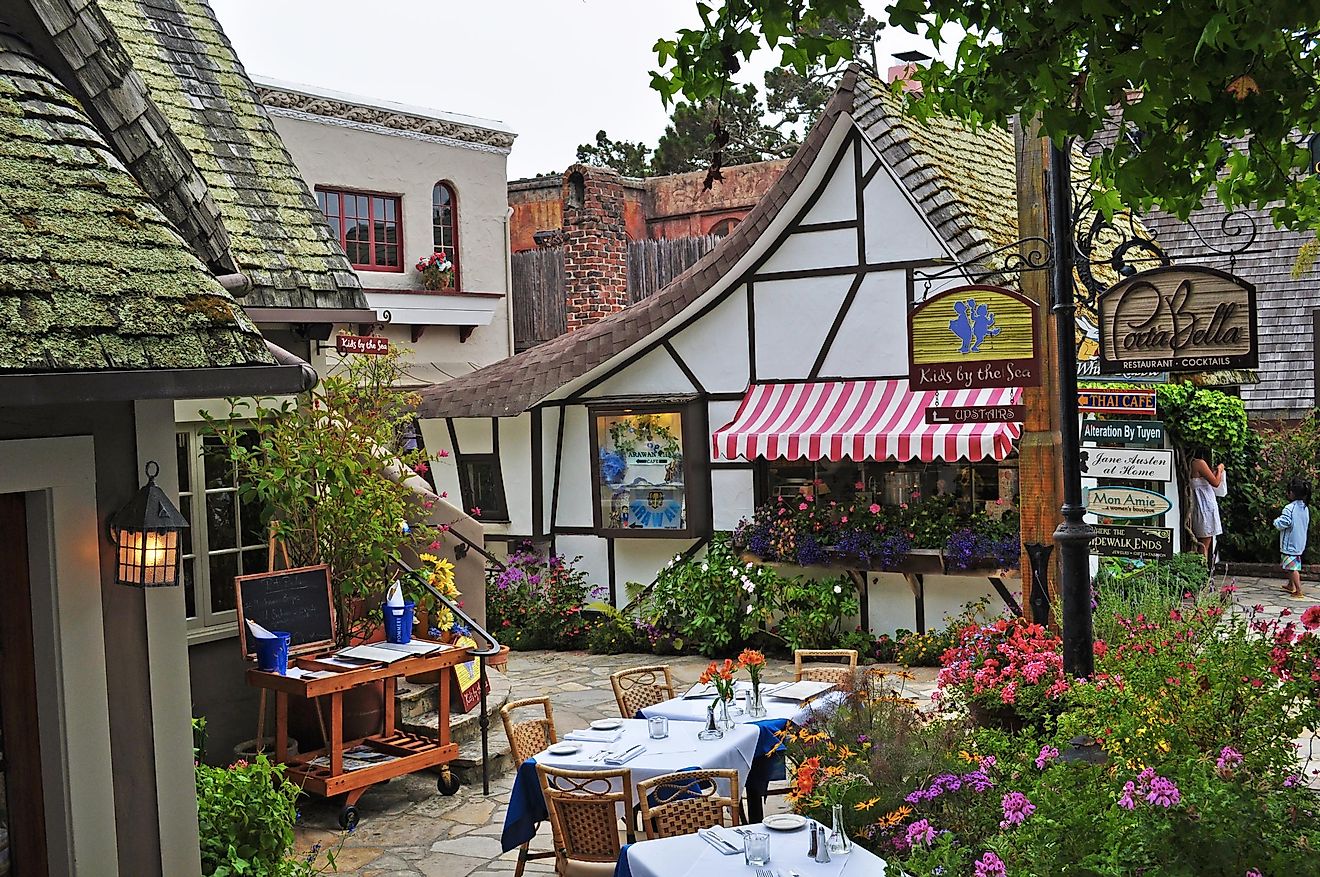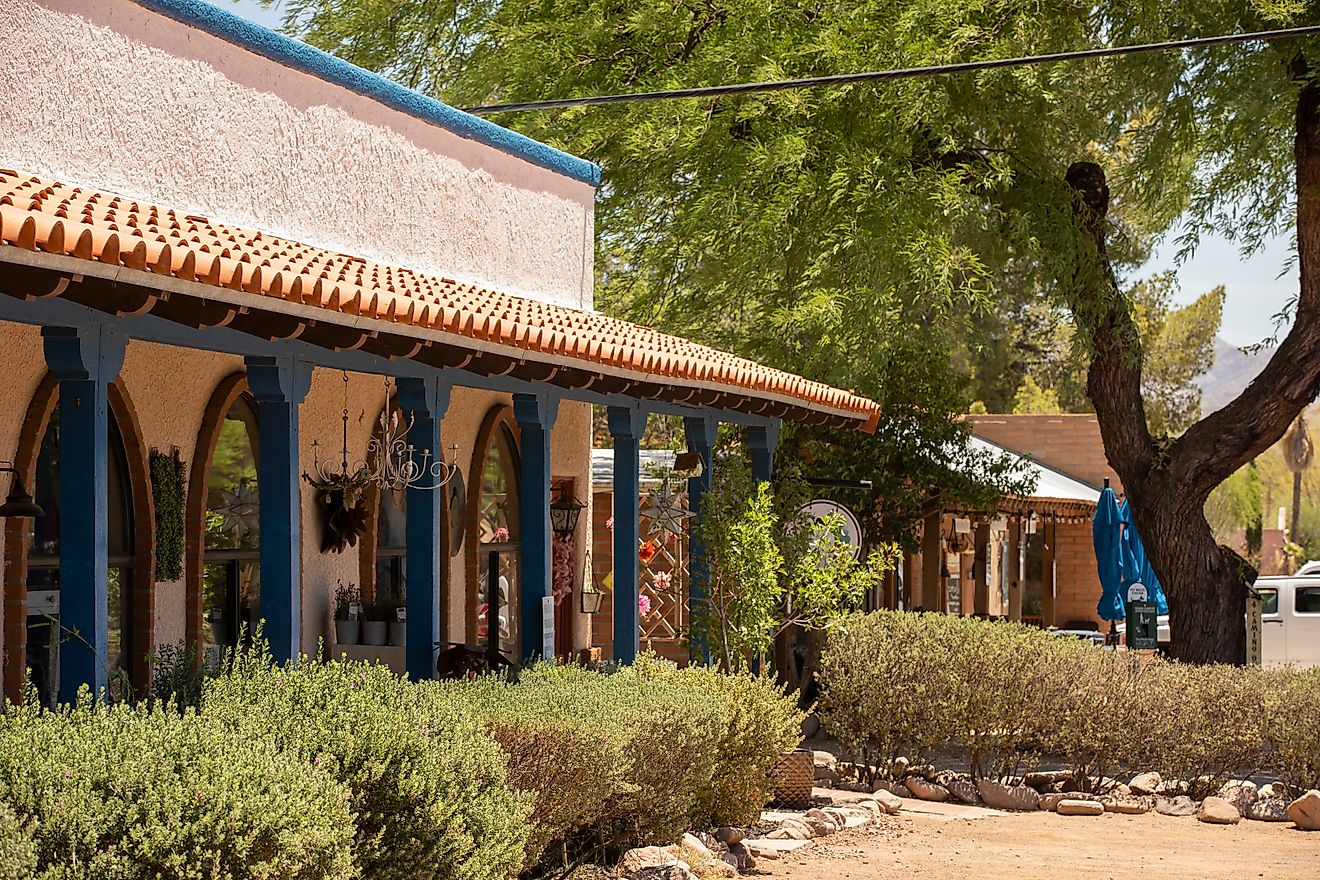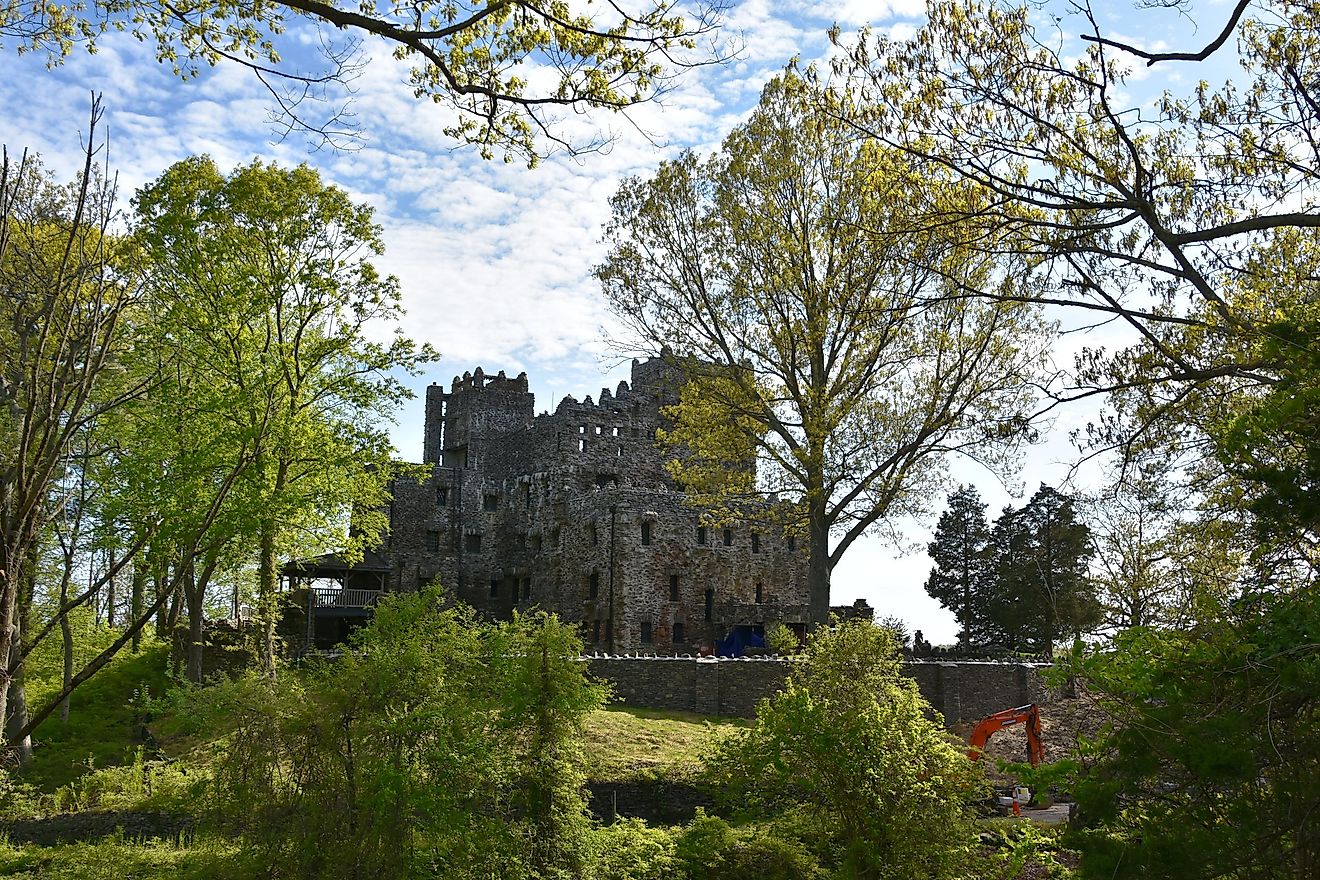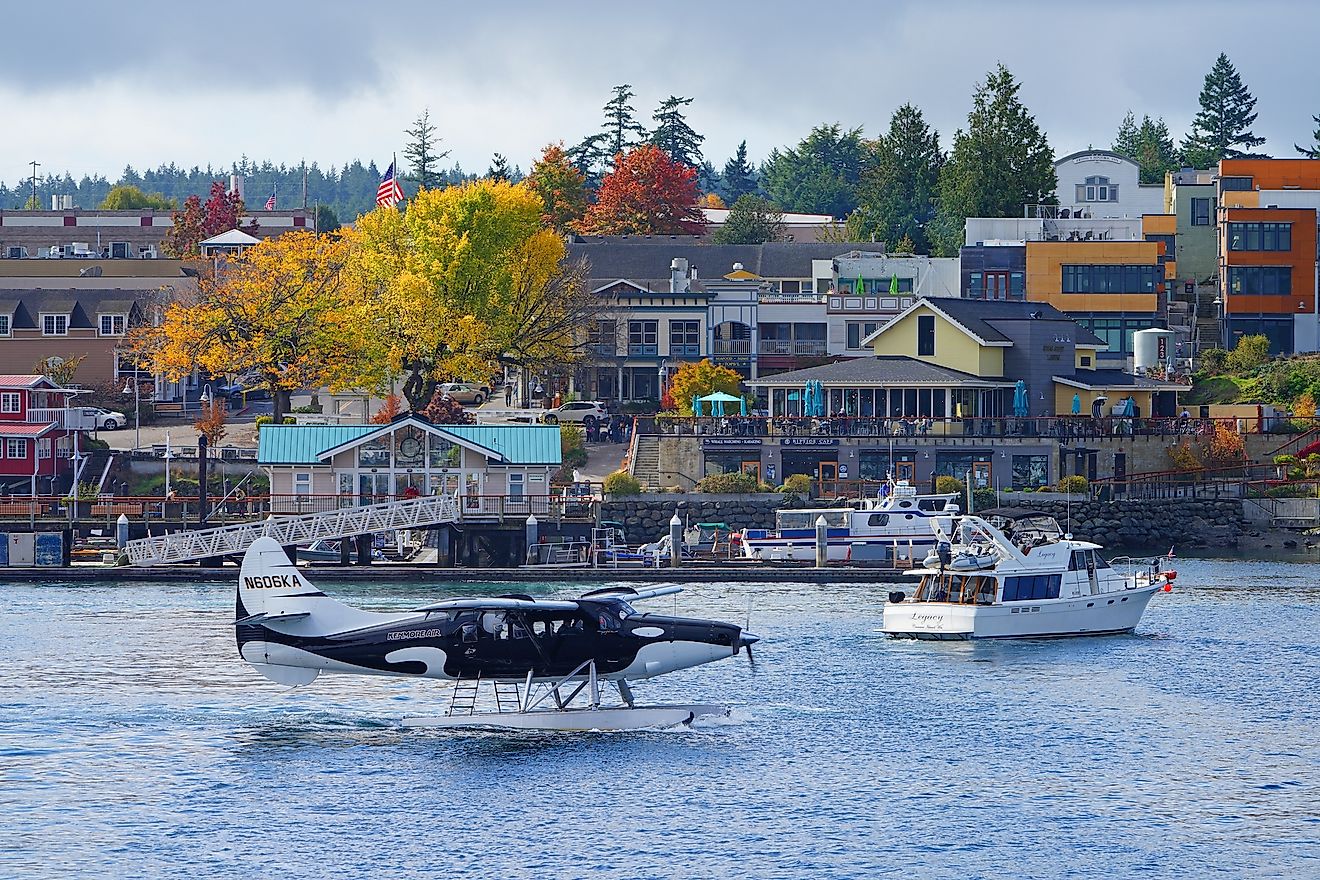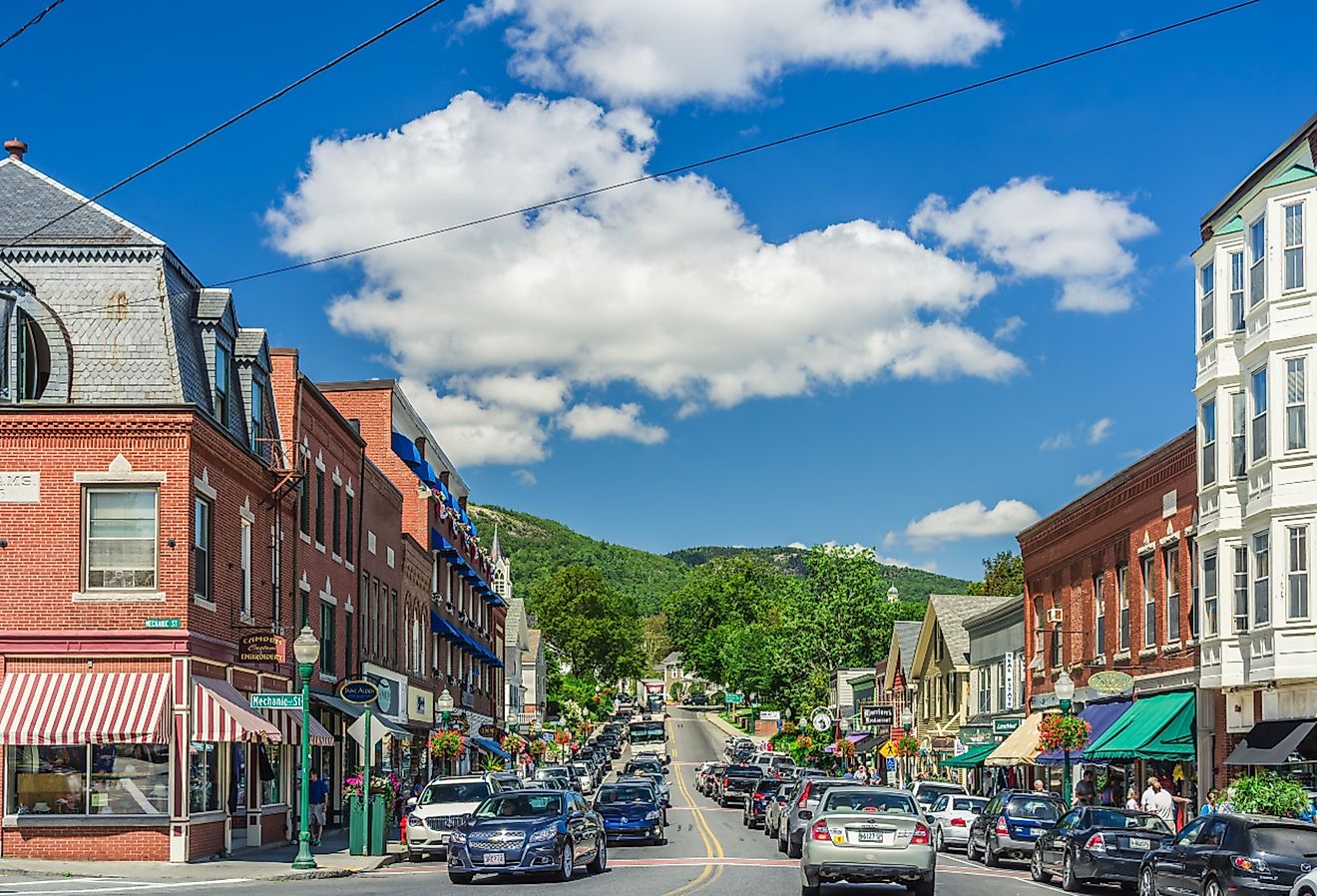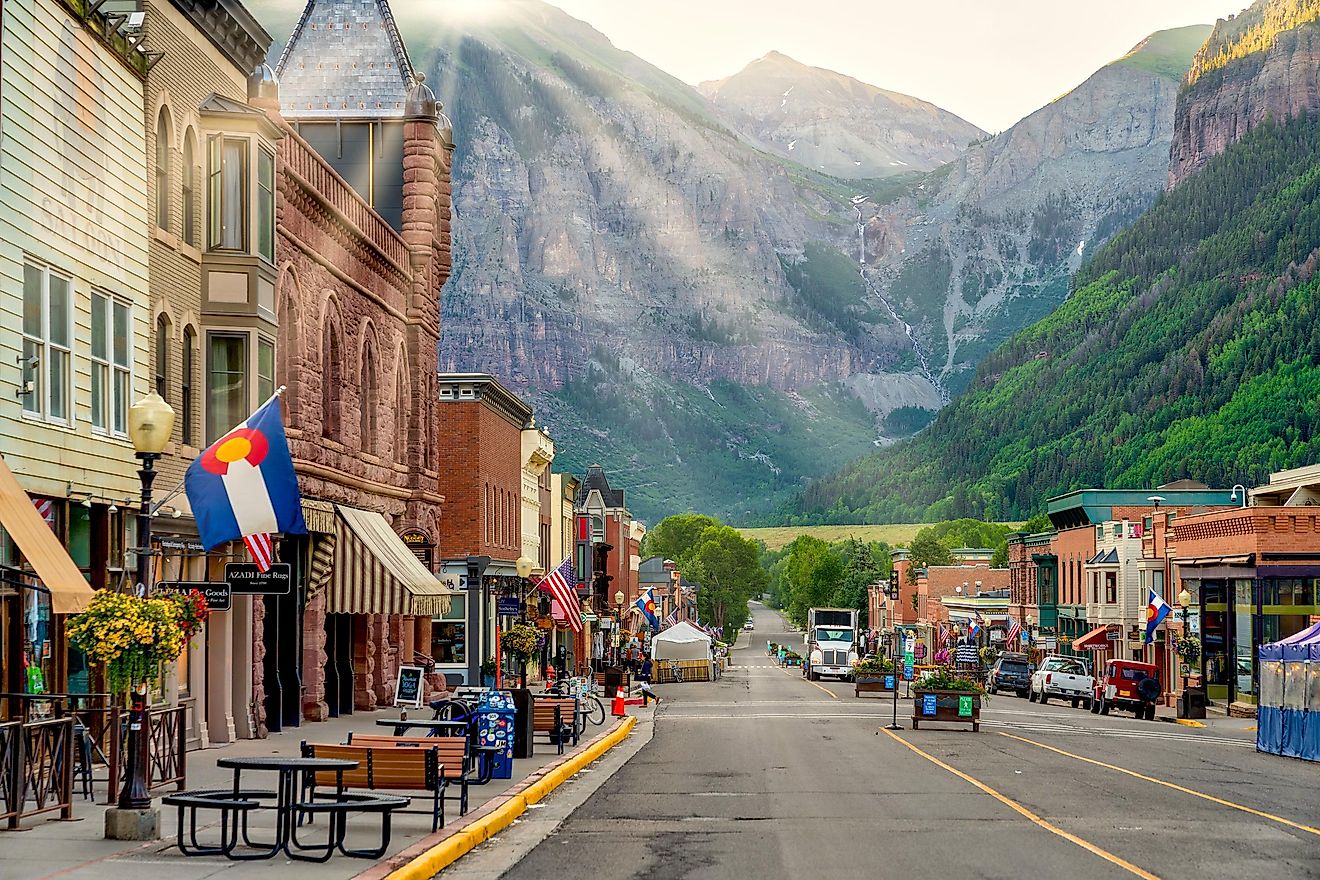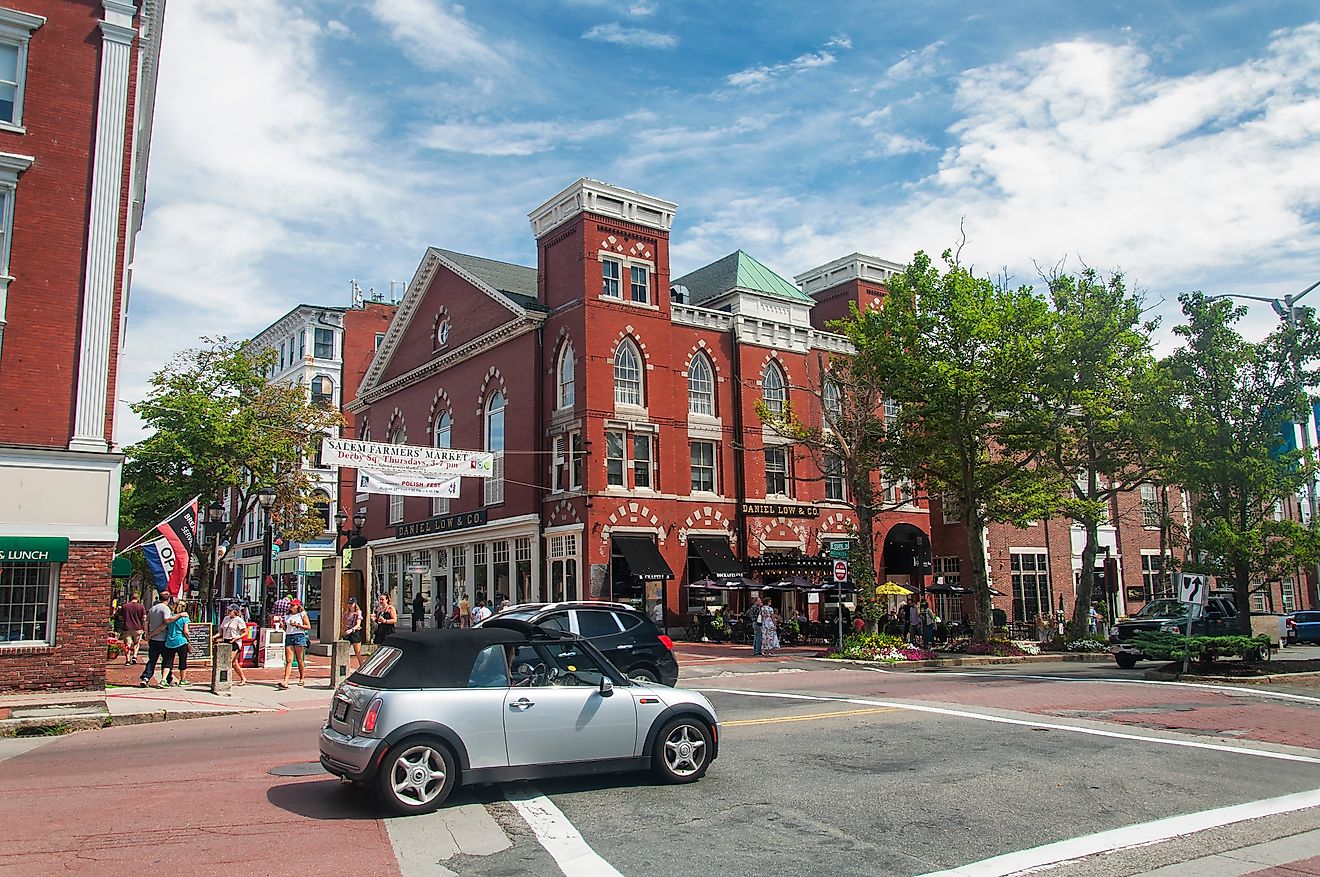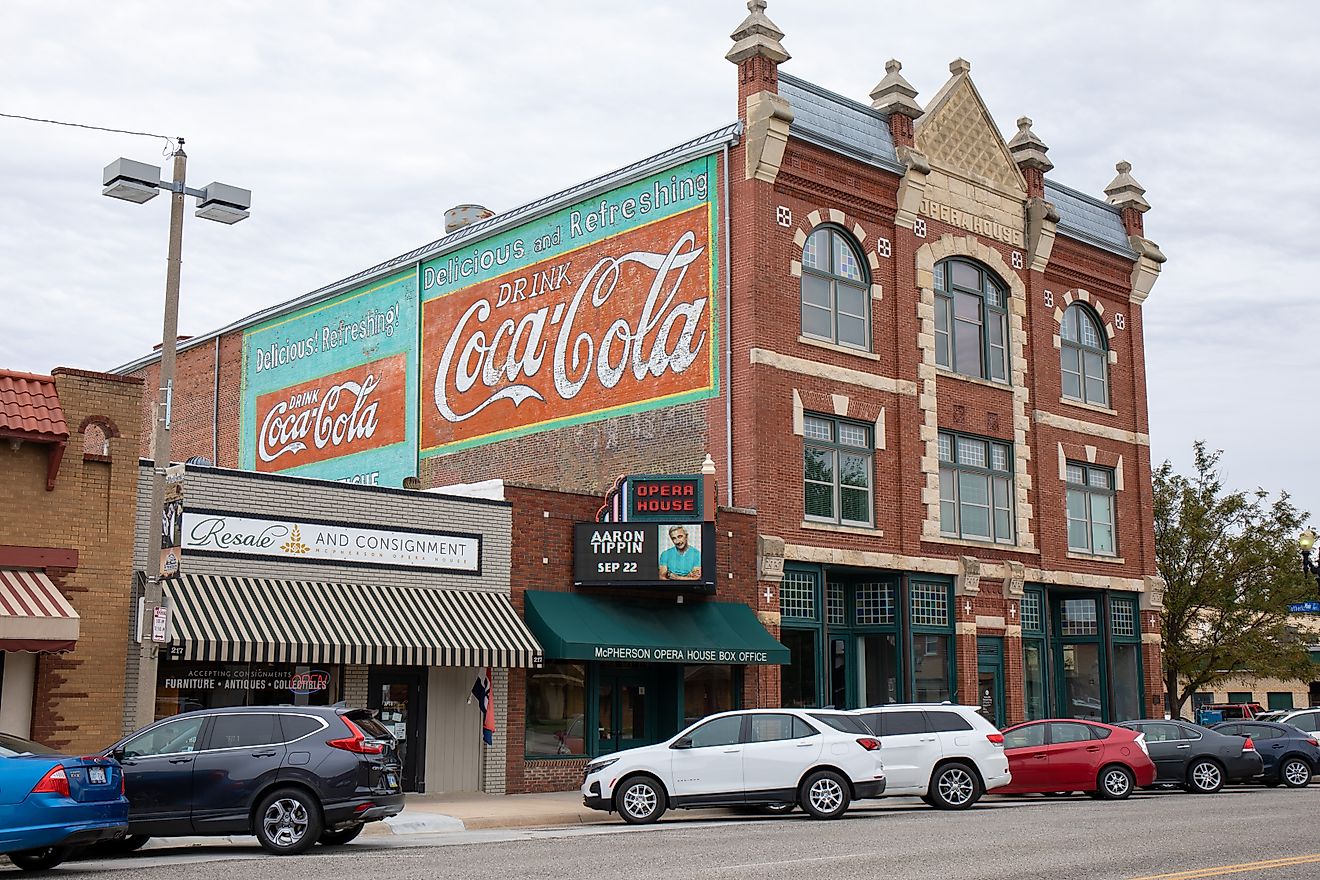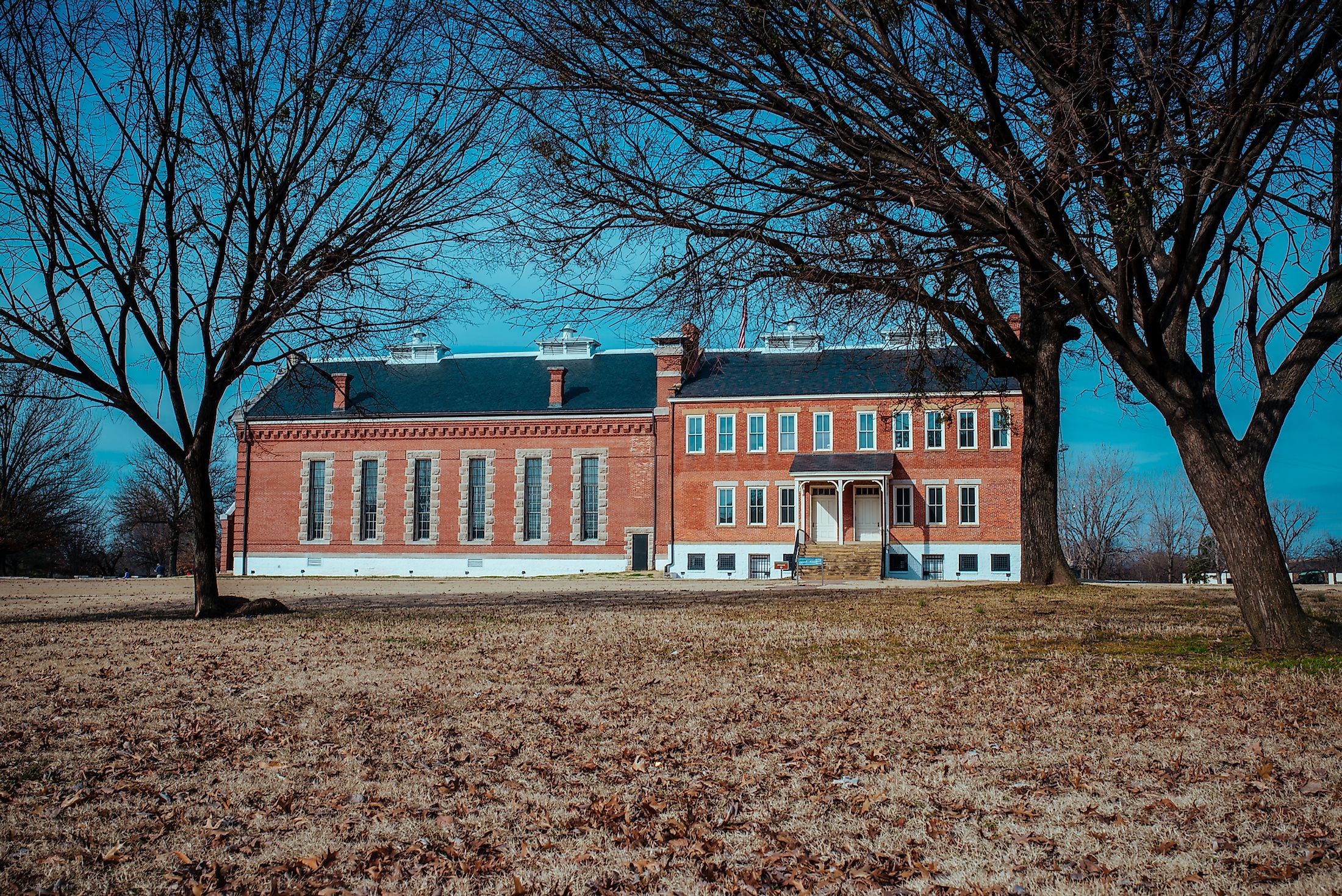
Fort Smith, Arkansas
Situated on the Arkansas border with Oklahoma at the confluence of the Arkansas and Poteau Rivers, also known as the Belle Point, Fort Smith is the third-largest city in Arkansas, named after General Thomas A. Smith. Known as the mid-ground of the old west and the new south, its spanned-out tourism industry, including many modern and historical attractions, makes the city a memorable and thought-after destination.
The City Of Fort Smith
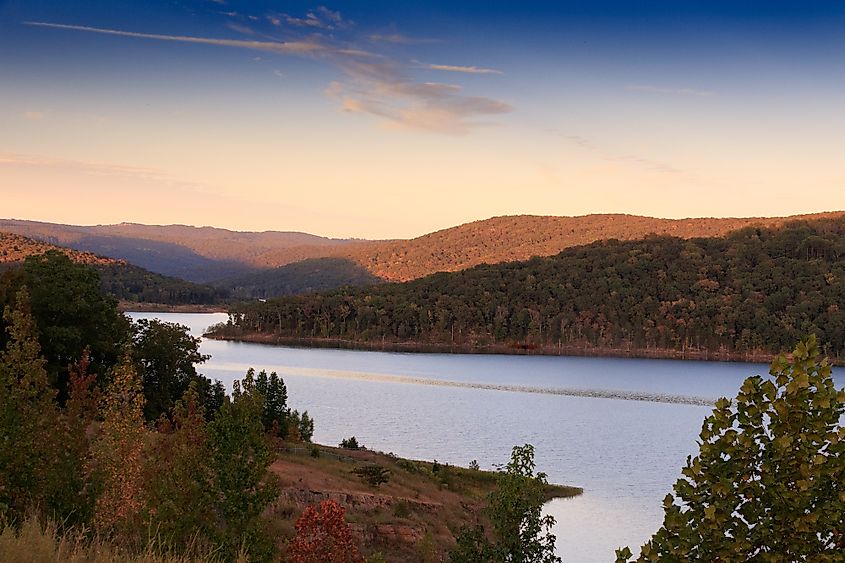
Covering a land area of 167 square km, 6.3 percent of which is water, it boasts bountiful fishing opportunities. The city gets mild winters and hot, humid summers, with the coldest mean temperature in January being 4.1°C and the hottest 27.9°C in July. The city is also in a tornado zone, having been struck by three significant tornadoes in 1898, 1927, and 1996.
In its prime, the Fort Smith site was a permanent settlement for the Aboriginal people in the region. While Hernando de Soto may have settled in 1541, the historical names of the places in the area, including Poteau, Belle Point, and Massard Prairie, signal the French's presence using the land's resources. The fertile Arkansas River Valley served the early farmer settlers, while the river bluff, Belle Point, faced west for an excellent vantage point and defense position for the military post.
Fort Smith was established as a western frontier military post and a center for fur trading, later becoming the destination for migrants seeking to settle in the "Wild West" and growing from there to a population count of almost 90,000 today. With high immigration from Latin America and Vietnamese refugees arriving in the 1970s, Fort Smith has a diverse make-up on its streets. Over ten Asian languages are spoken by more than two percent of the population, while 7.10% speak Spanish. Forbes has ranked the city first for having the lowest cost of living in the country and sixth on its list of the "Cities in America for Cost of Doing Business."
Early History Of Fort Smith
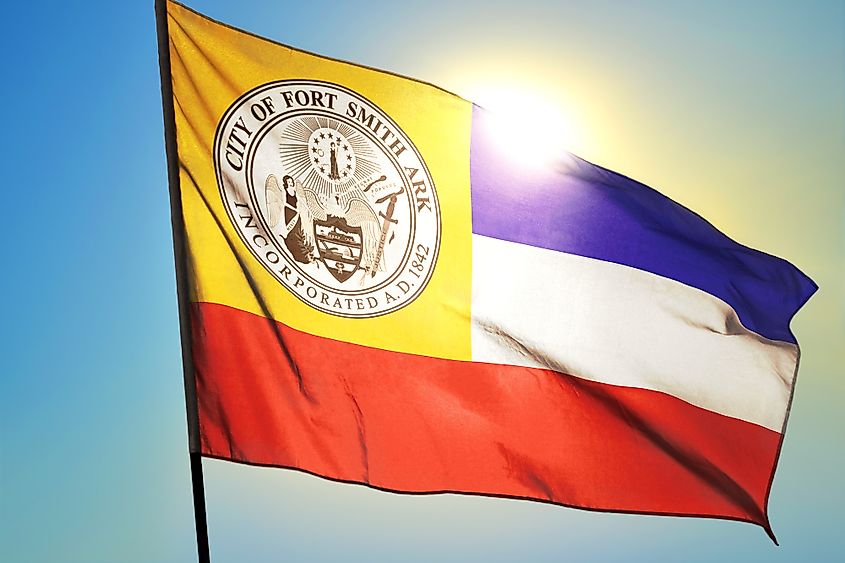
The early site became part of the United States during the Louisiana Purchase of 1803, with the Pike Expedition surveying the Arkansas River in 1806. The first Americans arrived at Belle Point in 1817, constructing the fort to keep the peace between the Osage and Cherokee tribes, along with the Fort Smith Council, where the Indian and territorial leaders would meet in 1822. As the small settlement took shape around the fort, John Rogers became the principal supplier and trader.
Upon becoming abandoned in the mid-1820s, a second fort was completed by 1846, playing a significant role in moving the Cherokee and other Native Americans to Indian Territory in Oklahoma via the path known as the Trail of Tears. The fortune seekers for the gold in California (1848) utilized the fort as a supply depot and the southern route departure point to cross the plains. The fort also served as an important place for outfitting and supplying military companies, as well as a major communications center for the front and back-end warfare, with steamboat and mail transportation networks.
The fort was abandoned before the secession, and although the Union returned in 1863, there was tension and conflict between them and the Confederate regular and irregular forces. After the war and the reconstruction of the countryside, the military farm colonies helped refugees become self-sufficient. Fort Smith Conference took place in 1865, with the federal and tribal representatives gathering to negotiate further terms of the relations between the Indian nations and the United States.
Upon fires destroying officers’ quarters at the fort in 1870, Judge Isaac C. Parker took over the court in 1875, with his judgeship up until he died in 1896, being one of the most celebrated periods in the city's history. The late nineteenth century period of booming growth saw the railroad's arrival in the 1870s as an alternative to the Arkansas River and the discovery of natural gas in 1887. The populations quickly tripled when the manufacturing and commercial trading expanded, with the Garrison Avenue becoming the wholesale and retail center of the region.
Modern History Of Fort Smith
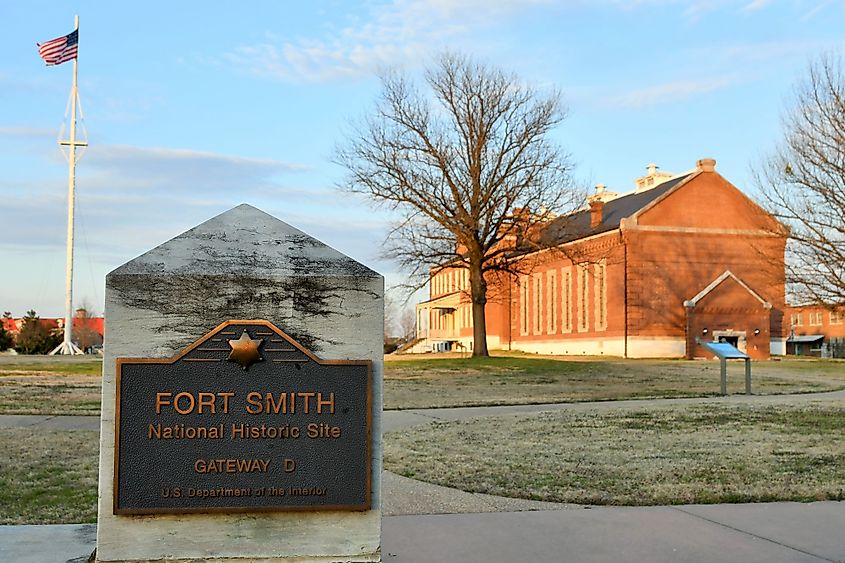
Fort Smith kept growing both culturally and economically until the onset of the Great Depression, while between 1907 and 1924, the city legalized and regulated prostitution in a restricted district, known as “the Row." During the Great Depression, the infamous Bonnie Clyde Barrow hid in Fort Smith to elude capture. At this time, streetcar lines, public bathrooms, water fountains, and other public facilities separated black and white citizens, including a separate school for black children. In 1922, a bridge was constructed to accommodate cars, spanning the Arkansas River at the Garrison's west end and connecting downtown Fort Smith to Oklahoma.
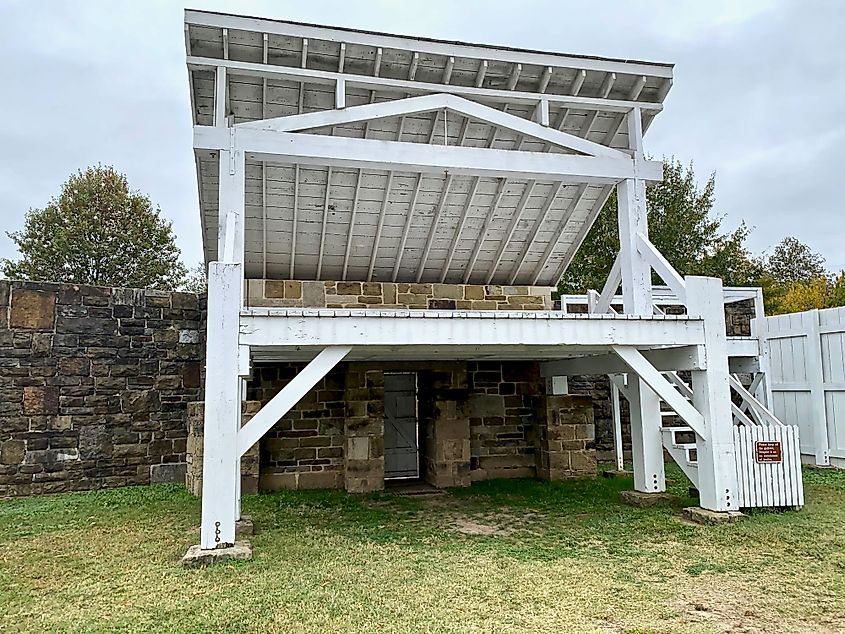
Returning to Fort Smith in 1941, the Army established a new Fort Chaffee Military Reservation, east of the city. As the manufacturing sector kept growing after the mid-century, social change also ensued, as did the population and the economy. For its colorful American background, the city was selected as the Top True Western Town in 2013 and honored for its "best promotion of a historical place" with the Trail of Tears, the Civil War site, and the Butterfield Overland Mail Company route, all being a part of the Arkansas Heritage Trails System. Mayor George McGill made history in 2018 for getting elected as the city's first African American mayor.
Attractions In Fort Smith
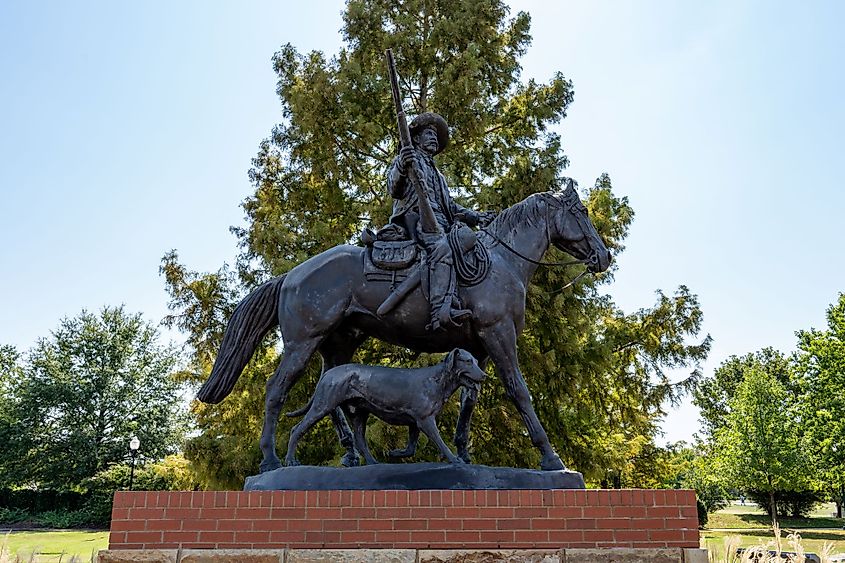
Fort Smith is home to a Spirit of the American Doughboy monument to World War I veterans and the Confederate monument on the grounds of the Sebastian County Courthouse. There are plenty of hiking and canoeing opportunities for outdoor fanatics at Fort Smith State Park, Devil's Den State Park, and the Mulberry River. The area also has a reputation as a bird sanctuary, while the quiet inlets and bayous of the Arkansas River are filled with many kinds of native Arkansas fish. For historians, the Belle Grove Historic District is a 22-block downtown area with 25 restored homes of varying architectural styles and some dating back to the late 19th century. The Fort Smith National Historic Site is the city's most prominent landmark with the remnants of the original 1817 fort on the river containing a restored courtroom of the famed "Hangin' Judge" Isaac C. Parker and the "Hell on the Border" dingy frontier jail, which is also the unofficial nickname for the city.
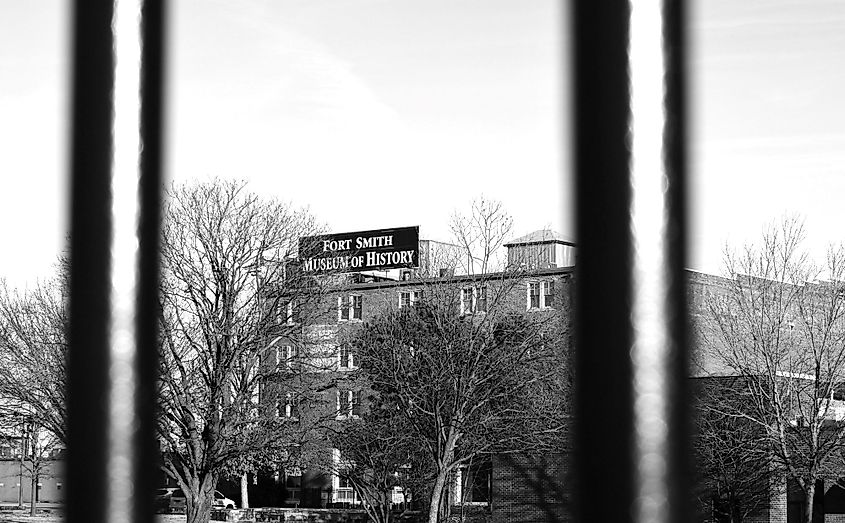
The Fort Smith Museum of History contains numerous exhibits, displays, and artifacts that showcase various angles and periods of the city’s past, first as a fort, then through its westward expansion, on to the Civil War, the Gay Nineties, Fort Chaffee, and the emergence of the modern Fort Smith. The Fort Smith Trolley Museum on the railroad has several antique trolleys and locomotive-related items, with some listed on the National Register of Historic Places. There are also the Fort Smith Air Museum, the Clayton House Museum and venue rental, and the Fort Smith Regional Art Museum, which opened in 2013. The Fort Smith Historical Society was formed in 1977 presently operates the Fort Smith Museum of History, while the city's National Cemetery is the oldest of the state’s three.
Arts And Culture
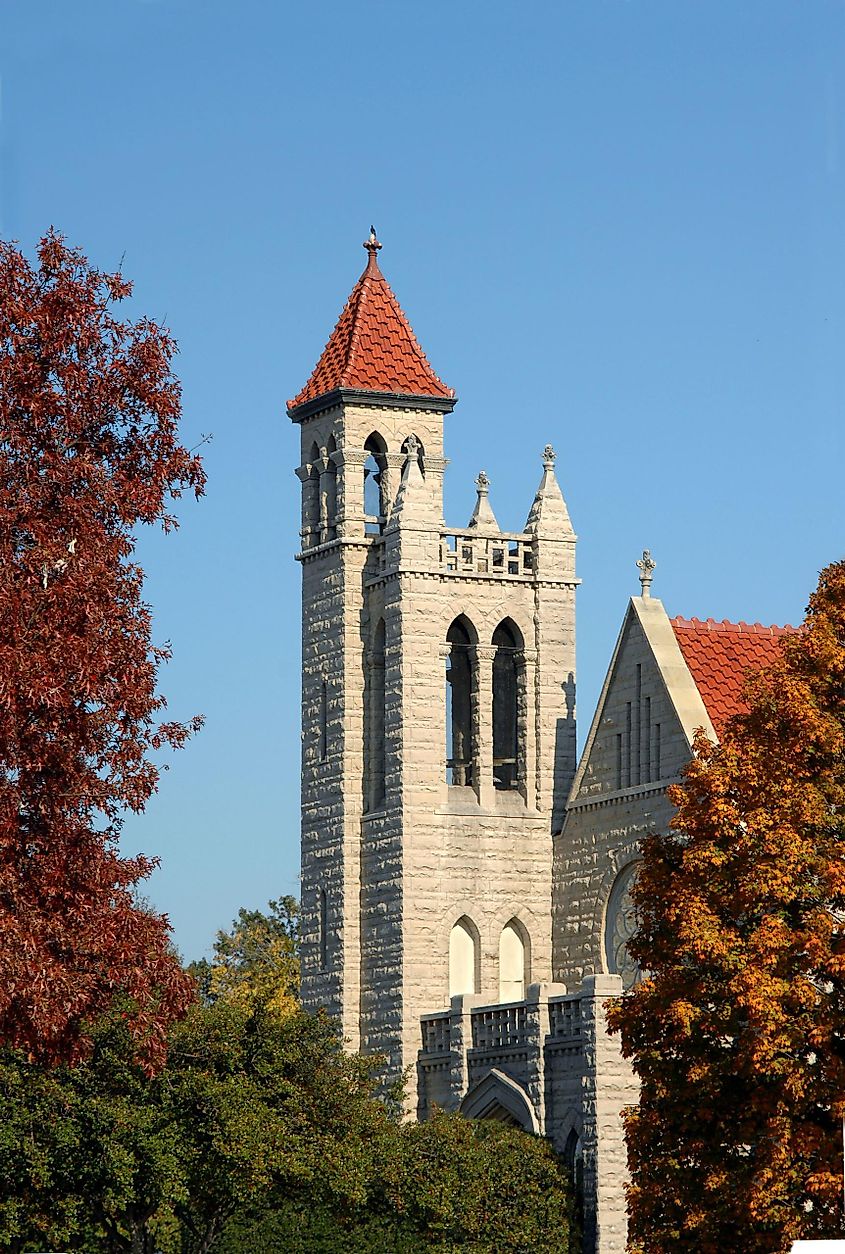
Many annual festivals celebrating the Wild West history and culture take place on the banks of the Arkansas River, such as the Old Fort Days Rodeo in spring. There are also the Fort Smith Riverfront Blues Fest held since 1991, the Hanging Judge Border Feud High School Rodeo held every spring at Kay Rodgers Park, and the Arkansas-Oklahoma State Fair, being one of the largest bi-state fairs in the nation, held in late September. The Garrison Avenue in downtown brims with shopping, dining, arts, nightlife, and entertainment venue options, while the numerous motels and hotels in the city cater to any budget and lifestyle.
There is always a high chance of catching a live performance by local and national Jazz, Blues, Country, and Rock bands, when walking the downtown streets, while the local bands have a habit of entertaining spectators on the riverfront. Boasting the oldest orchestra in the state, the Fort Smith Symphony is composed of the finest musicians from the big cities in and out of state; it is conducted by John Jeter, who performs regularly at the Arkansas Best Performing Arts Center. With their major annual performance of Tchaikovsky's Nutcracker Ballet, the Western Arkansas Ballet is a regional dance company with regular programs at the Performing Arts Center. The McCafferty School of Irish Dance also offers classes with dancers who have competed at world championship levels and international shows such as Riverdance and Lord of the Dance.
The notable large venues include the Amphitheater next to the Arkansas River that represents one-third of the River Park Complex, the performing arts theater that is home to the Fort Smith Symphony, and the second largest in the region Fort Smith Convention Center features 140,000 square feet, including 40,000 square feet for exhibitions used by trade shows, conventions, and events. The many major shopping spots in the city, including the Central Mall as the state's largest indoor shopping center, make Fort Smith the prime shopping destination for Western Arkansas and Eastern Oklahoma.
Set five miles from Van Buren, 47 miles from Arkansas wine country, and 63 miles from Fayetteville, Fort Smith, it is accessible to travelers, vacationers, business groups, and tour coaches via Interstates 40 and 540. With the major employers being the hospitals and universities, Fort Smith is also home to Baldor Electric’s motor and drive factory. With trucking and food-processing sectors employing thousands of people as well, Fort Smith is a significant manufacturing and consumerism hub of the state.
